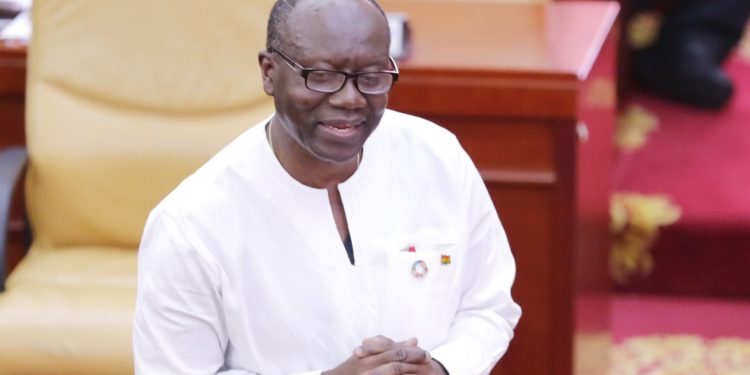Multilateral institution, the International Monetary Fund (IMF) has projected Ghana’s total debt stock to hit 86.6 percent in 2025.
According to the IMF, Ghana’s debt stock is expected to continue on an elevated path reaching 81.5 percent this year, 83.2 percent in 2022, and further to 84.8 percent, 86.0 percent and 86.6 percent in 2023, 2024 and 2025 respectively.
The country’s debt stock will however, reduce by 1.1 percentage points in 2026, ending 2026 at 85.5 percent.
The country’s debt projections stated in the Fund’s April 2021 Fiscal Monitor Report, could possibly push the Ghanaian economy into the debt-distress category, given the fact that the country is already at risk of high debt distress.
In the Sub Saharan region, Zambia and the Democratic Republic of Congo are the only two countries with debt levels more severe than that of Ghana’s.
Currently, Ghana’s total public debt stock stands at Ghs 291.6 billion, approximately 76.1 percent of GDP. Fiscal deficit recorded at the end of 2020 also stood at 11.7 percent excluding costs incurred in the nation’s financial and energy sectors.
Meanwhile, Ghana has lost its status as a Middle-Income Country (MIC) following the country’s reclassification as a Low-Income Country (LIC) by the IMF.
The downgrade of the country’s income status, is likely to be attributed to the nation’s poor state of its fiscal economy.
The IMF also notes in its report that, on the average, debt of oil producing countries is estimated to be 35.2 percent of GDP in 2021, whilst Sub Saharan Africa debt to GDP will be 47.2 percent of GDP.








